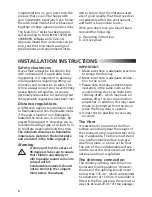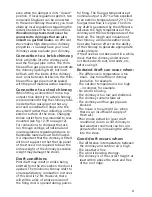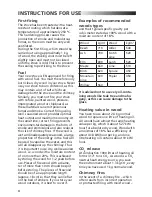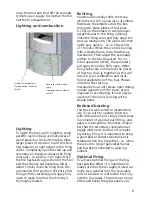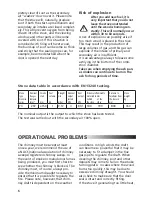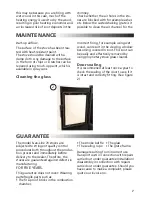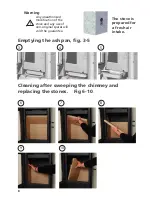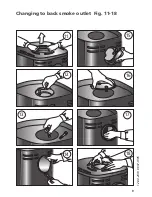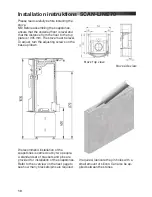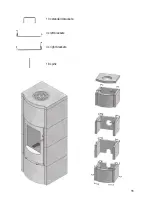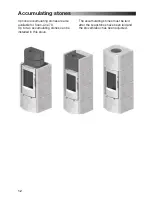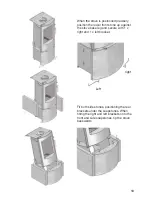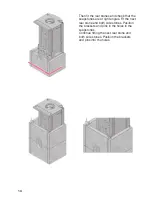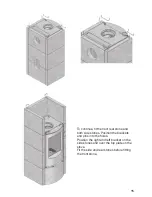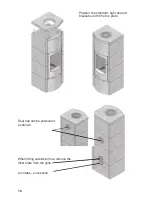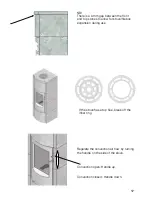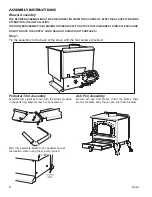
2
Congratulations on your new stove. We
are sure that you will be happy with
your investment, especially if you follow
the advice and instructions we have put
together in these operating instructions.
The Scan-line 7 series has been appro-
ved according to the DIN EN 13240, NS
3058/3059, DINplus and 15a B-VG.
Approval means that consumers can be
sure, that the stove meets a range of
specifications and requirements inten-
IMPORTANT
1. Make sure there is adequate provision
to sweep the chimney.
2. Make sure there is adequate ventila-
tion to the room.
3. Please note that any extraction fans
operating in the same room as the
wood-burning stove can reduce the
chimney draft – which may have an
adverse effect on stove combustion
properties. In addition, this may cause
smoke to be emitted from the stove
when the firing door is opened.
4. It must not be possible to cover any
air vents.
The floor
It is essential to ensure that the floor
surface can actually bear the weight of
the stove and a top-mounted steel chim-
ney, if applicable. The stove must stand
on a nonflammable surface such as a
steel floor plate or a brick or tile floor.
The size of the nonflammable surface
used to cover the floor area must match
national and local regulations.
The chimney connection
The chimney opening must follow na-
tional and local regulations. However,
the area of the opening should never
be less than 175 cm
2
, which corresponds
to a diameter of 150 mm. If a damper is
fitted in the flue gas pipe, there must al-
ways be at least 20 cm
2
of free passage,
ded to ensure that the materials used
are of good quality, that the stove does
not adversely affect the environment,
and hat it is economical to use.
With your new stove you should have
received the following:
a. Operating instructions
b. A stove glove
Safety clearances
Stoves must always be installed in line
with national and, if applicable, local
regulations. It is important to abide by
local regulations regarding setting up
chimneys and connection to same. The-
refore, always consult your local chimney
sweep before installation, as you are
personally responsible for ensuring that
the applicable regulations have been met.
Distance regulations
A difference applies to installation next
to flammable and non-flammable walls.
If the wall is made of non-flammable
material the stove can, in principle, be
placed flush against it. However, we re-
commend leaving a gap of at least 5 cm
to facilitate cleaning behind the stove.
The minimum distances to flammable
material are stated on the boiler plate
and are listed in the table on page 6.
Warning
A stove gets hot. (In excess of
90 degrees) Take care to ensure
that children and elderly or
infirm people cannot come into
contact with it.
Combustible materials should
not be stored in the compart-
ment below the ashpan.
INSTALLATION INSTRUCTIONS


